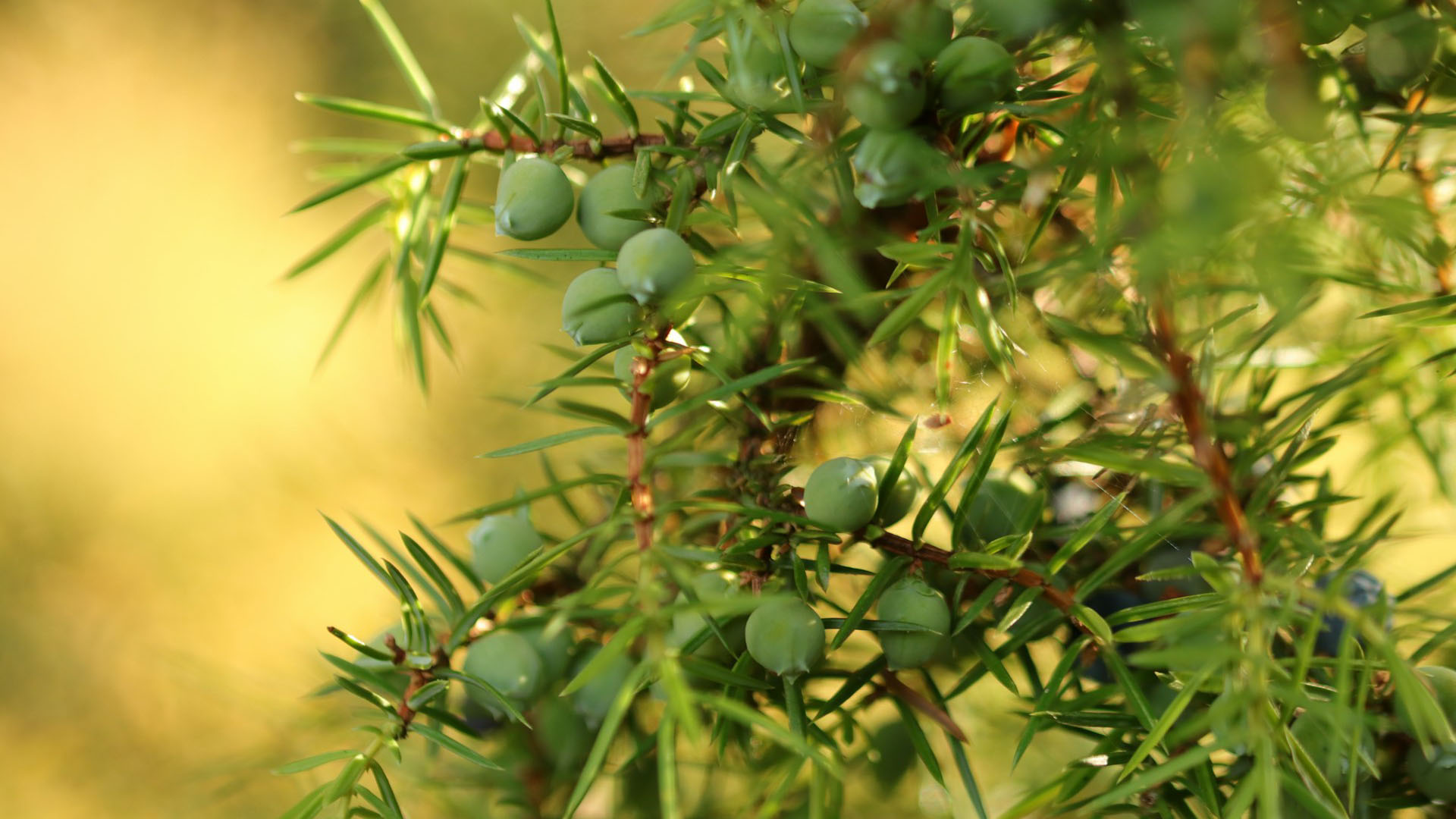Whether you're a gardening enthusiast, a nature lover, or simply seeking inspiration for your outdoor spaces, let's dive into a few native landscaping trees and how they can transform your property.
Trees are estimated to produce about half of the Earth's oxygen. With a growing 15 billion of them being cut down every year, the importance of their presence on your property cannot be overstated.
Source: National Audubon Society

Although just about any tree planting is good at this point, we recommend you plant ones native to your region. Planting trees in or around their native range provides loads of quiet, unquantifiable benefits that take a keen eye to realize. Some of these benefits include:
That being said, the following are some trees you can plant native to North America & information on their growth rates, sizes, and zones.

The Alaska Cedar, also called Weeping Alaskan Cedar, is a graceful evergreen tree that showcases unique cascading, droopy branches & delicate foliage. Originating from the coastal pacific Northwest US/Canada, this species is known for its distinct weeping habit, where the branches droop and create an elegant, flowing effect.
With a mature height of 20 to 30 feet and a spread of 10 to 15 feet, the Weeping Alaskan Cedar makes a stunning focal or framing point in corners of landscapes, around/covering fencing; it provides vertical interest just about anywhere you put it. The soft, feathery needles range in color from rich green to silvery-blue.
This cold-hardy conifer (evergreen) prefers full sun to partial shade and thrives in wet, mountainous soil. The tree’s wet home in the Pacific northwest sports hardiness zone 8, but it's popular in landscapes ranging zones from 6-9. With its enchanting form and unique appearance, the Alaska Cedar is an excellent choice for those seeking a visually captivating and low-maintenance tree for their outdoor space.

The Eastern Redbud is a deciduous tree (leaves fall seasonally) that peaks in the spring with bright pink buds. Natively occuring from eastern Texas all the way to Pennsylvania, it’s celebrated for its abundance of small, rosy-pink blossoms that emerge soon after winter. As the flowers fade, heart-shaped green leaves appear, turning vibrant yellow in the fall.

Eastern Redbuds get to about 40 feet, thriving on slopes and foothills in full sun to partial shade. Some ecological benefits include attracting pollinators, serving as a host for 12 species of butterflies, and preventing erosion on hills and streambanks. With its delightful spring blooms, the Eastern Redbud is a true herald of the changing seasons.

The common Juniper is the most widely distributed native conifer (evergreen) in North America & the world (National Audubon Society). Their berry-like cones support a range of mammals & insects, and are a main ingredient of gin.
Many varieties of Junipers are used commonly as landscaping trees, and can live for hundreds of years. Home to most of the northern United States & basically all of Canada, Juniperus communis usually occurs as a small shrub in the wild. Juniper berries provide food for a large expanse of birds and mammals, especially in wintertime when food is scarce.
Common junipers can be identified by their pointy leaves (needles). Other Juniper varieties in North America have scale-like leaves.

White Spruce are the most widely distributed conifer in North America after the Common Juniper (National Audubon Society), reaching from the Artic Circle down to the northmost tips of northeastern United States. The dense, bright green foliage of this Spruce variety provides a year-round burst of color and texture.
This is one of your go-to 'generic-looking' evergreen trees. It's pretty run-of-the-mill, requires minimal pruning, and retains its shape well, allowing for easy maintenance. It thrives in full sun to partial shade and prefers moist, well-drained soil. White Spruce is a popular choice for adding structure and depth, or to fill space.
Commercial landscape planting has naturalized this tree in many US states. Other commercial applications include providing wood for musical instruments like pianos and violins.
Looking for a professional tree planter in Pittsburgh? Contact Q&A for your next landscape installation.
Although native to the Rocky Mountains, the Blue Spruce has been naturalized widely in landscapes across the US. Similar in shape to the White Spruce, its color is anything but.
The towering prowess of this silvery-blue conifer adds splashes of color not commonly seen in natural landscapes.

Dogwood trees are beloved ornamental trees known for their white spring flowers & crimson autumn foliage. Spreading from Oklahoma to Massachusetts, they enchant entire areas with their showy spring blooms, featuring clusters of delicate white, pink, or red flowers.

These deciduous trees typically reach heights of 15 to 30 feet. Dogwoods thrive in both moist and dry soils- habitats simulating valleys and understories with partial shade.
Their attractive branching pattern can add visual interest even in wintertime. They have year-round appeal & support biodiversity in providing food for deer, native birds, and pollinators. Dogwood trees are a staple among eastern United States forests.
Native trees offer a multitude of benefits for gardens and landscapes. These plants not only enhance aesthetics but also contribute to the preservation of biodiversity and ecosystem health.
We can plant trees to create beautiful, sustainable landscapes that support local wildlife, conserve resources, and connect us with the natural beauty of our surroundings. Let's embrace the wonders of landscaping plants and make a positive impact on our environment, one garden at a time.
While native trees are important, we plant a lot of trees that'd we consider common. Check out our blog on more common ones- you might see one you know!



